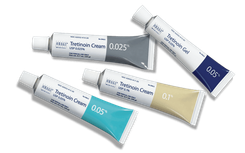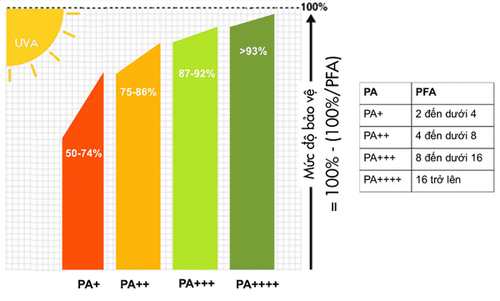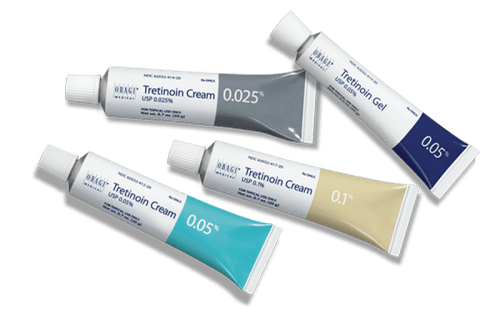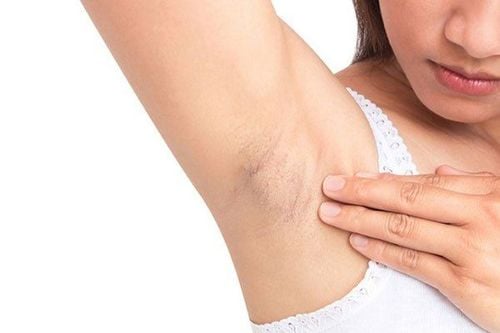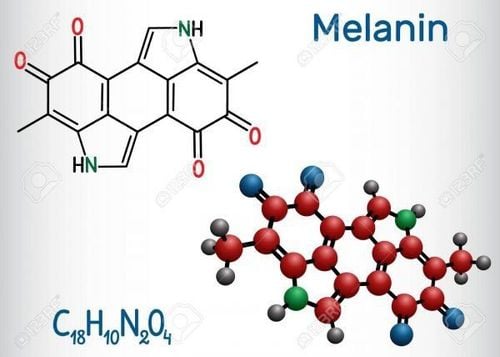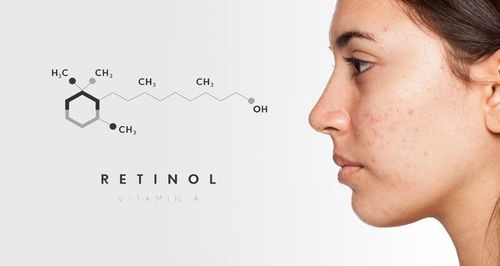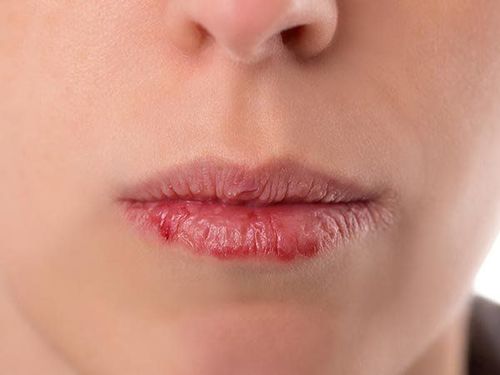Dark spots on the skin, also known as hyperpigmentation, occur when certain areas of the skin produce an excess of melanin. While these spots are not a serious health concern, they can affect your appearance. Therefore, what are the methods for treating these dark spots on the face?
1. Causes of Dark Spots on the Face
Dark spots on the face can occur when the skin produces excess melanin, the pigment that gives skin its color. These dark spots can range from light brown to dark brown, depending on each person's skin tone. The spots have a similar structure to the skin and are not painful. Dark spots can vary in size and appear anywhere on the body. Common areas where dark spots appear include the back of the hands, face, back, and shoulders.
There are several different causes of dark spots, including:
1.1. Sun Exposure
Dark spots on the skin, also known as sunspots or age spots, are caused by UV rays. People may develop dark spots on their skin after exposure to sunlight or tanning.
Areas of the body most exposed to the sun, such as the face, hands, or arms, are more likely to develop sunspots.
1.2. Hormonal Changes
Melasma is a skin condition that causes small patches of discolored skin. This condition is more common in women, especially during pregnancy, due to hormonal changes.
1.3. Aging Process
Dark spots on the skin are also a natural part of the aging process. Age spots usually appear as people get older, often in areas frequently exposed to sunlight, such as the face.
1.4. Inflammation
Dark spots can develop after an episode of skin inflammation caused by various conditions, including eczema, psoriasis, skin damage, and acne.
1.5. After Wounds
Dark spots may persist after the healing of insect bites, burns, or cuts. These dark spots may fade over time.
1.6. Irritation
Certain skincare or hair products can irritate the skin, leading to the formation of darker patches.
1.7. Diabetes
Diabetes can cause certain areas of the skin to darken.
Diabetes can lead to certain skin conditions, such as acanthosis nigricans, a condition which causes dark, velvety skin and spots on the shins. Additionally, there are diabetic skin issues that might be mistaken for age spots.
1.8. Side Effects of Medications
Some medications can increase skin pigmentation and lead to dark spots. The most common include nonsteroidal anti-inflammatory drugs (NSAIDs), tetracycline, and antipsychotic medications.

2. How to Get Rid of Dark Spots on the Face
In most cases, dark spots on the skin are harmless. But in some cases, it can be difficult to distinguish between dark spots and other changes in the skin, such as malignant melanoma, a type of skin cancer. People who are uncertain about the nature of the dark spots or have been unable to remove them may seek consultation with a doctor for further evaluation. It's important to talk to your doctor if you notice dark spots on your skin that have certain characteristics:
- Appear suddenly
- Itching
- Tingling
- Bleeding
- Change in color or size
If dark spots on the skin are benign, no treatment is needed, but some people may want to remove them for cosmetic reasons. Methods of removing dark spots on the face include medications (topical creams) or procedures. The best treatment option may depend on the cause and size of the dark spot. Some specific treatments for dark spots on the face include:
2.1. Laser Treatment
Different types of laser light are used in aesthetics for various purposes. To treat dark spots on the face, dermatologists typically use intense pulsed light (IPL) laser, which targets the pigment melanin and breaks down the dark spots.
2.2. Microdermabrasion
This involves a special device with an abrasive surface to remove the outer layer of the skin. This treatment method promotes the production of new collagen, which can help reduce dark spots on the face.
2.3. Exfoliation
Exfoliation is done by applying an exfoliating solution to the skin, which helps remove dead skin cells on the surface, leading to the development of new skin. As a result, this can gradually fade dark spots on the face.
2.4. Cryotherapy
Cryotherapy is a procedure that involves applying liquid nitrogen on dark spots to freeze them, causing damage to the skin cells. After recovery, the dark spots will fade.
2.5. Cosmeceuticals
Using skin-lightening creams as directed by a dermatologist. These creams work by bleaching the skin. They typically work gradually and may require several months to reduce the appearance of dark spots.
Hydroquinone is a common ingredient in these creams, playing a role in inhibiting the production of melanin. Prescription products tend to have concentrations of 3%–4%.
2.6 Home Remedies
In addition to aesthetic procedures and prescription medications, some home remedies can help fade dark spots on the skin, such as:
- Over-the-counter creams: Over-the-counter skin-lightening creams are not as potent as prescription medications, but they can also be effective. Creams and serums contain various ingredients, including retinol or alpha hydroxy acid, which can accelerate the exfoliation process and promote the growth of new skin. When looking for a skin-lightening cream, always choose one recommended by a dermatologist, as some products can be harmful.
- Natural remedies: Products with certain natural ingredients can help fade dark spots. Researchers have published a systematic review in which they examined several ingredients, including niacinamide (a form of vitamin B-3), soy, licorice extract, and mulberry. Although studies are limited, researchers have stated that these natural treatments show promise in lightening pigmented skin. Results from a small 2017 study indicated that applying aloe vera gel to the skin could help reduce melasma (dark spots) during pregnancy after 5 weeks.
- Cosmetics: While cosmetics do not lighten dark spots, they can help conceal them. You might consider using a concealer to reduce the appearance of dark spots.
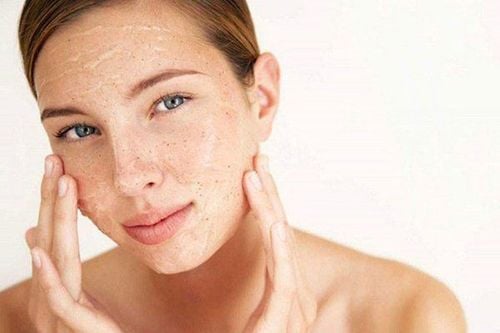
3. Preventing Dark Spots on the Face
You can't always prevent dark spots from developing, for example, hormonal changes during pregnancy can cause melasma. However, there are some ways to reduce the risk of dark spots appearing and prevent them from getting darker, such as:
- Use sunscreen with an SPF of at least 30 every day, even in the absence of strong sunlight.
- Wear a wide-brimmed hat and sunglasses for extra protection.
- Treat skin conditions that can lead to inflammation, such as acne.
- Avoid sun exposure during peak UV hours, typically between 10 AM and 4 PM.
Dark spots on the skin, or hyperpigmentation, can arise from various factors, but they are usually harmless and don’t require treatment. However, for a more radiant complexion, there are treatments available to lighten and diminish these spots. The effectiveness of treatment may depend on the cause of the dark spots and their severity. The dark spots on the skin may not disappear completely, but they will gradually fade.
Follow the Vinmec International Hospital website for more information on health, nutrition, and beauty tips to help you take care of yourself and your loved ones.
To arrange an appointment, please call HOTLINE or make your reservation directly HERE. You may also download the MyVinmec app to schedule appointments faster and manage your reservations more conveniently.
